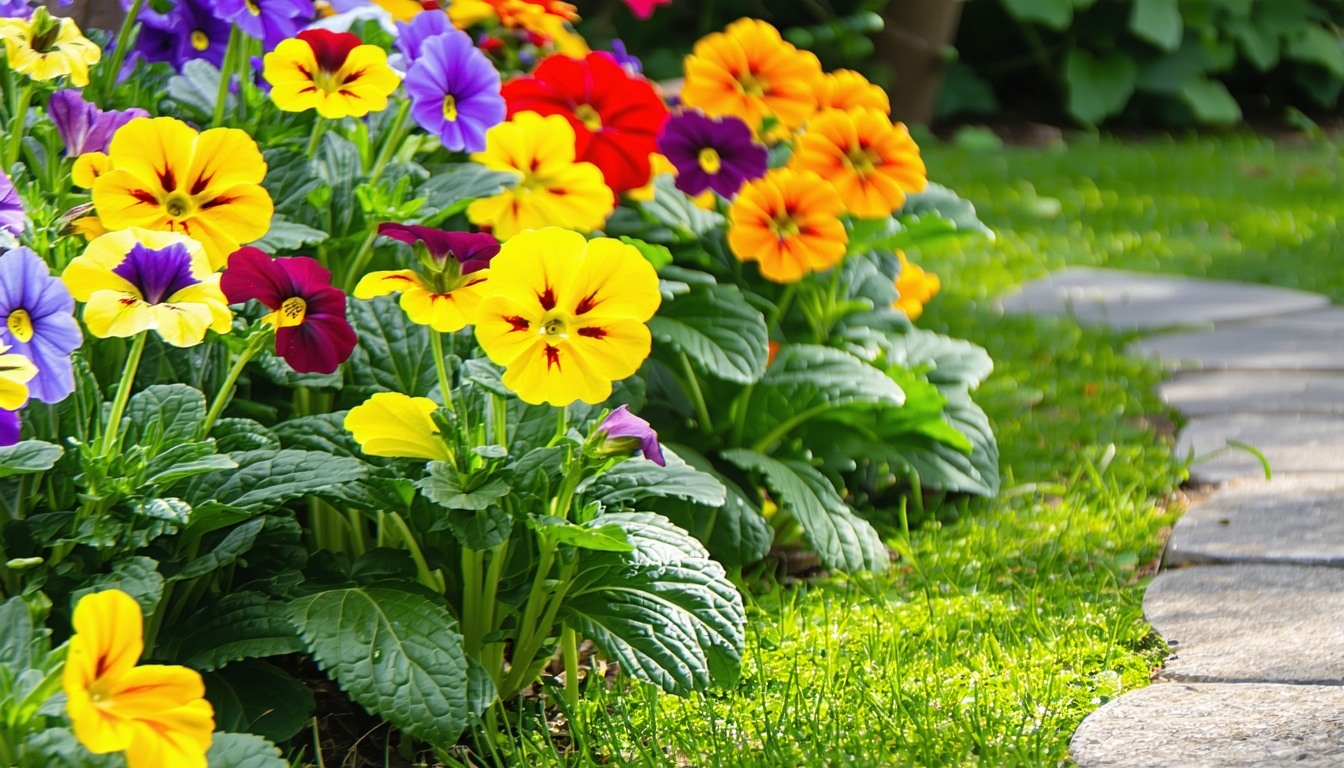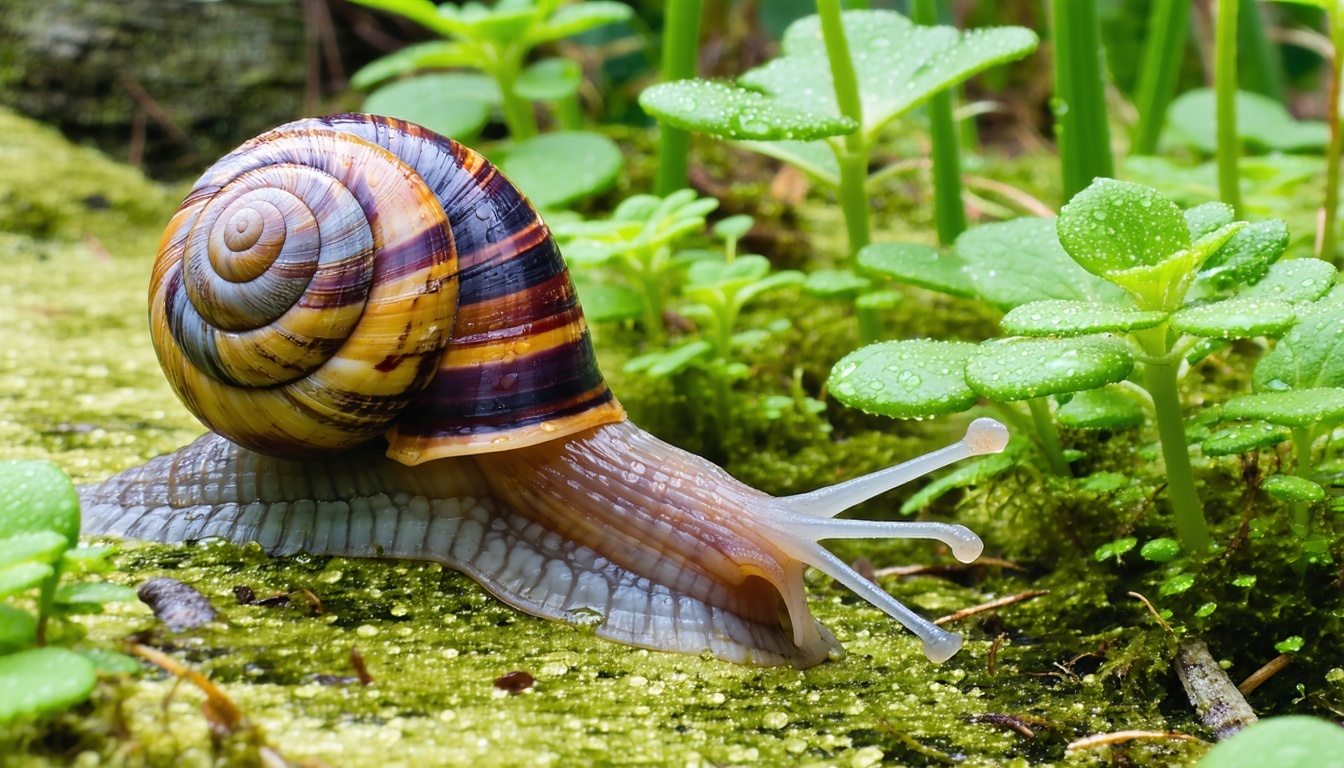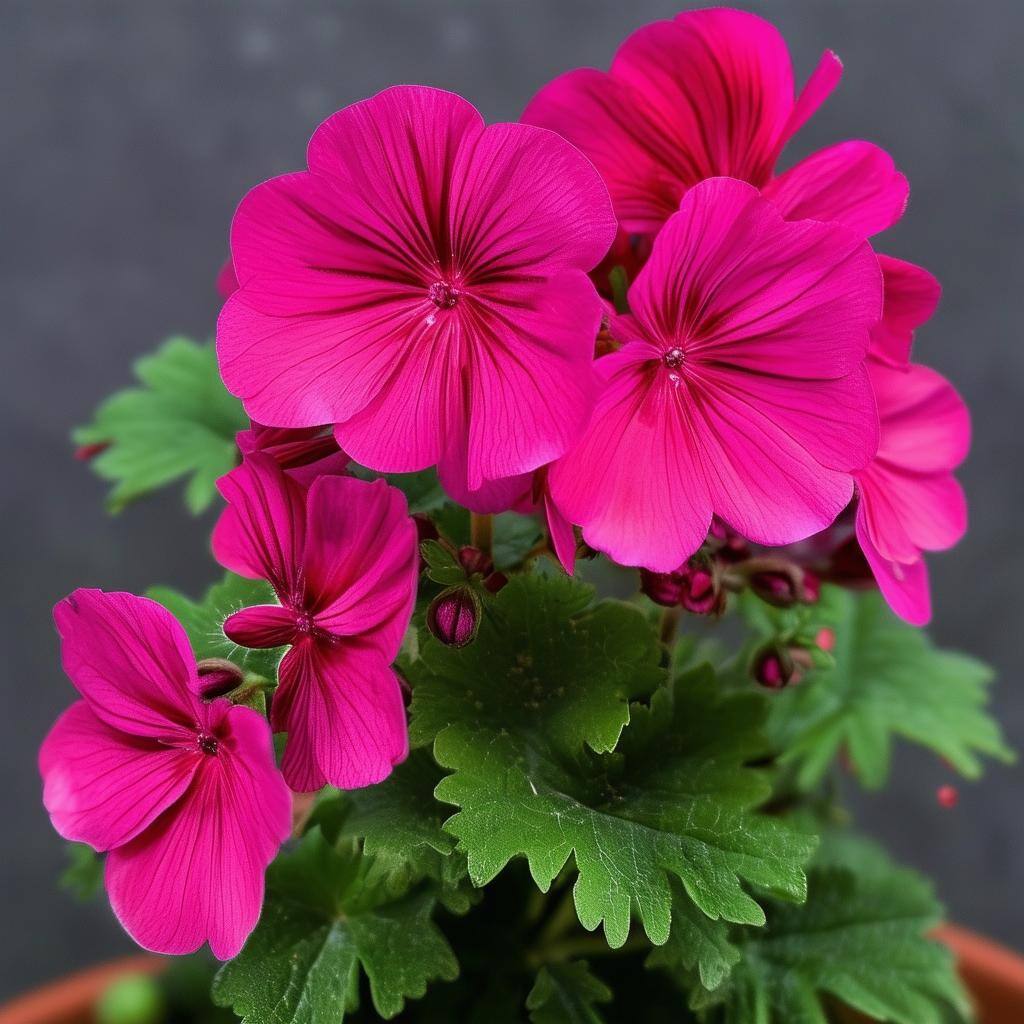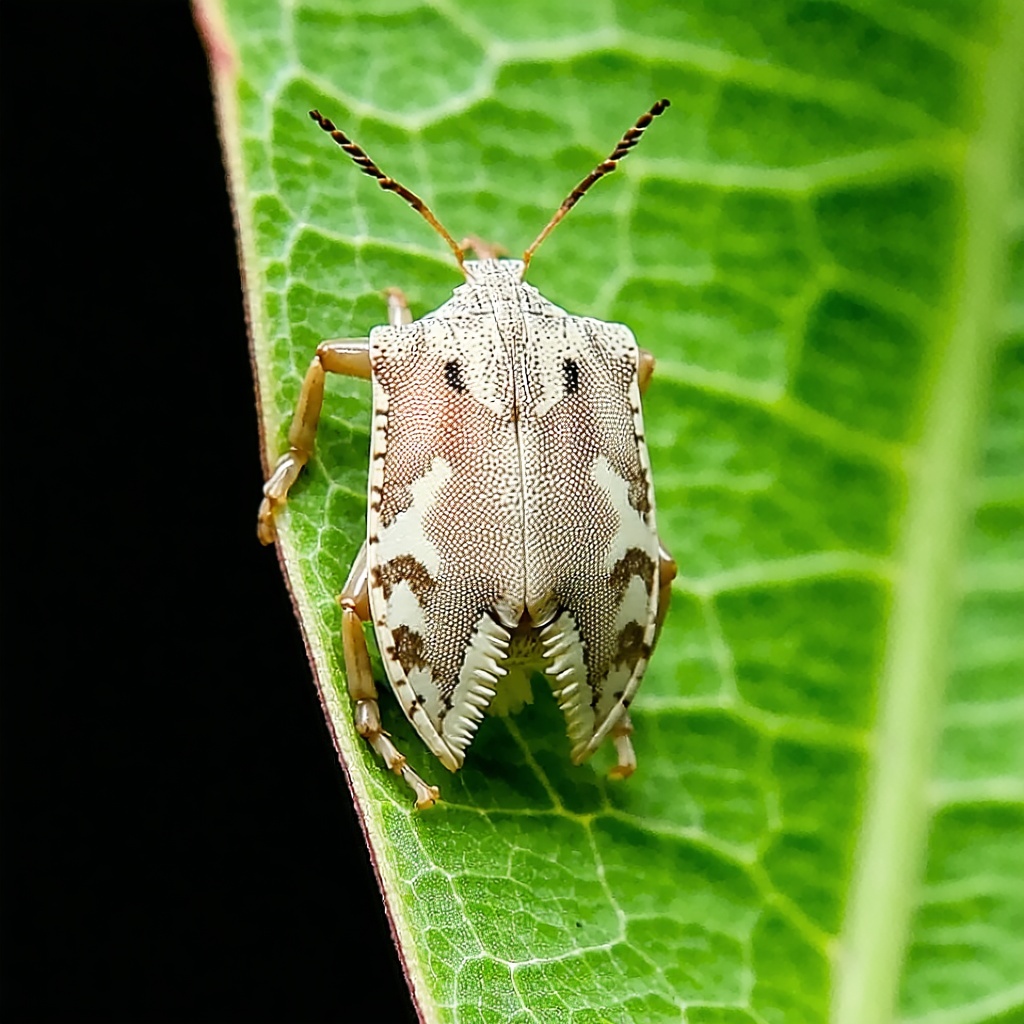
Spring is the perfect time to bring vibrant colors to your garden by planting primulas and polyanthus. Learn how to make your garden flourish with these stunning blooms.
Intro - Primulas and Polyanthus
Primulas and polyanthus are beloved for their bright, cheerful flowers that bring a splash of color to any garden. These hardy perennials are perfect for spring planting, offering a range of vibrant hues and delightful fragrances. Known for their rosette of leaves and clusters of flowers, primulas and polyanthus are a gardener’s favorite for adding a touch of elegance and charm.
These plants are not only visually appealing but also relatively easy to grow, making them ideal for both novice and experienced gardeners. Whether you're looking to revitalize your garden or start a new planting project, primulas and polyanthus are excellent choices.
5 Steps to Planting for Healthy Blooms
1. **Choose the Right Spot:** Select a location with partial shade to full sun. These plants thrive in well-drained soil with plenty of organic matter.
2. **Prepare the Soil:** Enrich the soil with compost or well-rotted manure to improve drainage and fertility. Ensure the soil is loose and crumbly.
3. **Planting Depth:** Dig a hole that’s just deep enough to accommodate the root ball of your primulas or polyanthus. Space the plants about 6-12 inches apart to allow for growth.
4. **Watering:** Water the plants thoroughly after planting. Keep the soil consistently moist but not waterlogged, especially during dry spells.
5. **Mulching:** Apply a layer of mulch around the plants to retain moisture and suppress weeds. This will also help keep the roots cool.
Height, Spread, & Flowering Time
Primulas and polyanthus typically grow to a height of 6-12 inches with a spread of about 6-9 inches. They are compact plants that fit well in borders, containers, and rock gardens.
Flowering time varies depending on the variety, but you can generally expect blooms from early spring through late spring. With proper care, some varieties may even offer a second bloom in late summer or early autumn.
Best Fertiliser, Lighting & Optimum Growing Conditions
Use a balanced, slow-release fertilizer to provide essential nutrients throughout the growing season. An all-purpose fertilizer with a ratio of 10-10-10 works well for these plants.
Primulas and polyanthus prefer partial shade, especially in hotter climates. In cooler regions, they can tolerate more sun. Ensure they receive at least 4-6 hours of indirect sunlight daily.
These plants thrive in cool, moist conditions and prefer temperatures between 50-70°F. Avoid planting in areas with intense afternoon sun or where water tends to pool.
Common Issues, Pests & Diseases
Primulas and polyanthus are generally hardy but can be susceptible to common garden pests and diseases. Watch out for aphids, slugs, and snails, which can damage the foliage and flowers.
To prevent fungal diseases such as powdery mildew and root rot, ensure good air circulation and avoid overwatering. Remove any affected leaves promptly and consider using a fungicide if the problem persists.
Regularly inspect your plants for signs of pests or disease, and take action early to keep them healthy and vibrant.
Best Varieties & Why
Some of the best varieties of primulas and polyanthus include the 'Primula vulgaris', known for its pale yellow flowers and robust nature, and the 'Primula veris', also called cowslip, which offers clusters of fragrant, bright yellow blooms.
Polyanthus hybrids, such as the 'Gold Lace' and 'Crescendo Mixed', are popular choices for their striking colors and long blooming period. These varieties are bred for their resilience and ability to produce abundant flowers.
Frequently Asked Questions
**Q: How often should I water my primulas and polyanthus?**
A: Keep the soil consistently moist, especially during dry periods. Water deeply once or twice a week, depending on weather conditions.
**Q: Can I grow primulas and polyanthus in containers?**
A: Yes, they do well in containers. Use a good quality potting mix, ensure proper drainage, and place the containers in a spot with partial shade.
**Q: When should I fertilize my primulas and polyanthus?**
A: Fertilize in early spring when new growth begins and again after the first flush of blooms. Use a balanced, slow-release fertilizer for best results.



